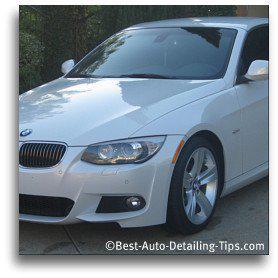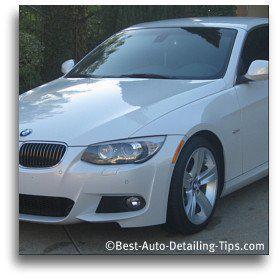
Please Refresh Your Browser Window
Average fresh car loan is now sixty six months
When it comes to new-car loans, many people are gravitating towards loans that extend over increasingly long periods of time. What they may not realize is that those loans could be dangerous to their finances.
According to a latest report by Experian Automotive, the average fresh car loan in the very first quarter of two thousand fourteen was sixty six months, a month longer than the average over the same period in 2013. And almost twenty five percent of loans were for seventy three to eighty four months. We’ve even seen some financing companies suggest car loans of as long as eight years.
Why the attraction to longer loans? Because they result in lower monthly payments. That encourages you to buy more car than you may be able to afford. And car dealers get excited when they can get customers to concentrate on the low monthly payments instead of on the fact that their fresh car is costing twice as much as their parents paid for their very first house. But this mortgagelike treatment to auto financing has serious downsides, which is why we don’t recommend buying a car that requires a loan of more than forty eight months.
Financing a fresh car doesn’t have to be difficult. Read How to get the best car loan.
You’ll face higher costs. One big downside is that the longer the loan, the higher the interest charges. That’s because more interest accumulates over the longer period, and longer loans typically have higher rates. In the Fresh York metropolitan region, the lender Capital One recently advertised a Two.Sixty-nine percent rate for fresh car loans of forty eight or sixty months and Three.Nineteen percent for loans of sixty six and seventy two months.
Using those rates, we did some figuring based on the purchase of fresh a Toyota Camry for which we would put ten percent down and be charged 6.85 percent sales tax. The total cost of the 72-month loan came to $32,517, about $1,300 more than the 48-month loan due to the higher interest charges.
Often, manufacturers and dealers suggest special financing deals that can result in very low rates, tempting shoppers to sign up for long loans. While the advertising may catch your attention, buyers often must choose inbetween the lower financing deal and a rebate. And the best of those rates typically are reserved for buyers with pristine credit.
You’ll have enlargened risk. Another downside is that as soon as you drive a fresh car off the lot, its value embarks plummeting right away and proceeds falling at a high rate during the very first years of ownership. Unless you’ve made a substantial down payment, you’ll have little or no equity in the vehicle during most of that time, which means you could owe more than the car’s worth. With a 72-month loan, the value of a car such as the Toyota Camry might not exceed the amount you owe until about the 30th month of ownership. In contrast, with a 48-month loan, you’d begin building equity by the end of the very first year.
One reason this is significant because if the car is stolen or totaled, your insurance company won’t pay you more than the vehicle is worth. If that occurs early in the loan cycle, your insurance payment may not even cover the remaining amount owed on the loan. (You can pay extra for so-called gap insurance from the lender, which will cover this shortfall.)
If the loss occurs in the 48th month using our Camry example, your insurer might give you as much as $14,700. That’s enough to more than cover the almost $Ten,500 you’d still owe on the 72-month loan; but that would leave you only about $Four,200 for a replacement vehicle. If you put that toward another fresh Camry, you’d end up with a fresh loan of about $28,400. In comparison, if you had a 48-month loan, you could put the entire $14,700 insurance check toward the replacement vehicle, and your fresh loan would be about $17,900, or about $Ten,500 less.
You’d face a similar issue if you determined to trade in the vehicle at the end of four years. With a 48-month loan, the total value of the $14,700 trade-in could be applied to the cost of the fresh car, compared to the $Four,200 you’d have left over after paying for what you still owed on a 72-month loan.
You’ll be poised for a constant car loan. A 72-month loan also means that there’s greater chance that you’ll always have a car loan to worry about. After all, by the time you’re done repaying the very first loan, your car will be six years old and well beyond the bumper-to-bumper warranty. That means you may be wanting a fresh vehicle, leading you to commence the process all over again.
What to do
Leave behind the long-term commitment, and opt for a reliable car that you can afford with a loan of no more than forty eight months. Three years is even better. Put down at least ten percent in the form of a trade-in or down payment, but attempt for twenty percent or more. Concentrate on the total cost of the vehicle, and negotiate the best deal you can. (For a target price, you can use the Consumer Reports Fresh Buying Service or car websites such as TrueCar, Edmunds.com, or Kelley Blue Book.) Leave behind leasing, too. That also typically finishes up costing more; you just won’t be able to tell how much more because of the complexities of comparing leasing with buying.
Take care of the vehicle as the manufacturer recommends, and keep it at least until you pay off the loan, or, better yet, until your friends and family begin referring to it as “the old jalopy.”

